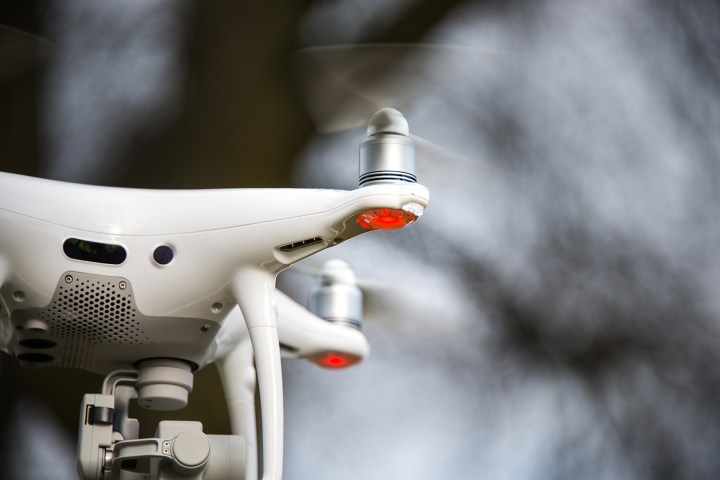
FAA regulations allow unmanned drones to be flown without registration if they weigh 250 grams, or about 0.55 pounds, or less. For commercial flight, pilots must go through a rigorous certification process to fly a drone above 250 grams.
DJI’s research suggests that unmanned aircraft systems as large as 2.2 kg., or about 4.85 pounds,pose little risk. The company’s drone lineup contains a wide range of sizes, with the folding Mavic Pro weighing in at 743 grams or 1.64 pounds.
The current FAA regulations were set in conformity with Registration Task Force (RTF) research from 2015. “The RTF had only three days to decide how much a drone should weigh to require registration, and RTF members — including myself — unanimously set a 250-gram limit for registration purposes only, not for safety rulemaking,” said the paper’s co-author, Brendan Schulman, DJI vice president of policy and legal affairs. “Nevertheless, regulators around the world are using the FAA’s 250-gram limit as a safety standard for the lowest-risk drones, despite its flaws. We hope our white paper spurs more detailed evaluation for better and more accurate rulemaking.”
DJI’s research suggests that the data the RTF had to find on short notice is outdated and flawed, including a 50-year-old equation that suggests an object with 80 Joules of kinetic energy would have a 30-percent fatality rate if it came in contact with a person. At the time, DJI says, there wasn’t enough research to the contrary, so the committee unanimously approved the 250-gram limit.
However, DJI suggests that using the same equation as the kinetic energy of a missile or actual aircraft isn’t accurate for a plastic drone with no fuel source to spark an explosion. Instead, DJI factored in a more specific calculation for just how much kinetic energy transfer a drone would create on impact using variables on where the drone might hit, as well as drag and the energy transfer on impact.
DJI also factored in more variables, such as the pilot’s skill level, probability of technical failure, and not just the population density of the area, but the amount of unsheltered pedestrians at any given time.
Most drone bodies are made from plastic foam or carbon fiber and will break on impact, and without fuel, there wouldn’t be an explosion on impact, DJI says. Worst case scenario, DJI suggests, the drone is falling straight out of the sky or flying horizontally at maximum speed.
“In its haste, the RFT had to use shortcuts and assumptions that are not well-matched to the characteristics of a UAS,” the report reads. “By making this additional ‘reality check’ adjustment to the calculation, we can conclude that the RTF’s calculation of mass for its cutoff should have been over four times higher.”
DJI’s research suggests that a more accurate “lowest risk” drone category would be drones weighing 2.2 kg. or less, but that further analysis is needed. “Given the faulty assumptions that underlie the selection of 250 grams, regulators should be hesitant to adopt a 250-gram UAS category without conducting their own rigorous safety analysis based on the desired policy goals,” the white paper concludes. “Review of the RTF’s work shows that its selection of 250 grams is far too low, and far too conservative, to be used to create a lowest-risk UAS regulatory category. Based on a similar approach to risk estimation, with adjustments for real-world factors, we propose 2.2 kg as the upper threshold of a ‘lowest-risk’ UAS category.”



